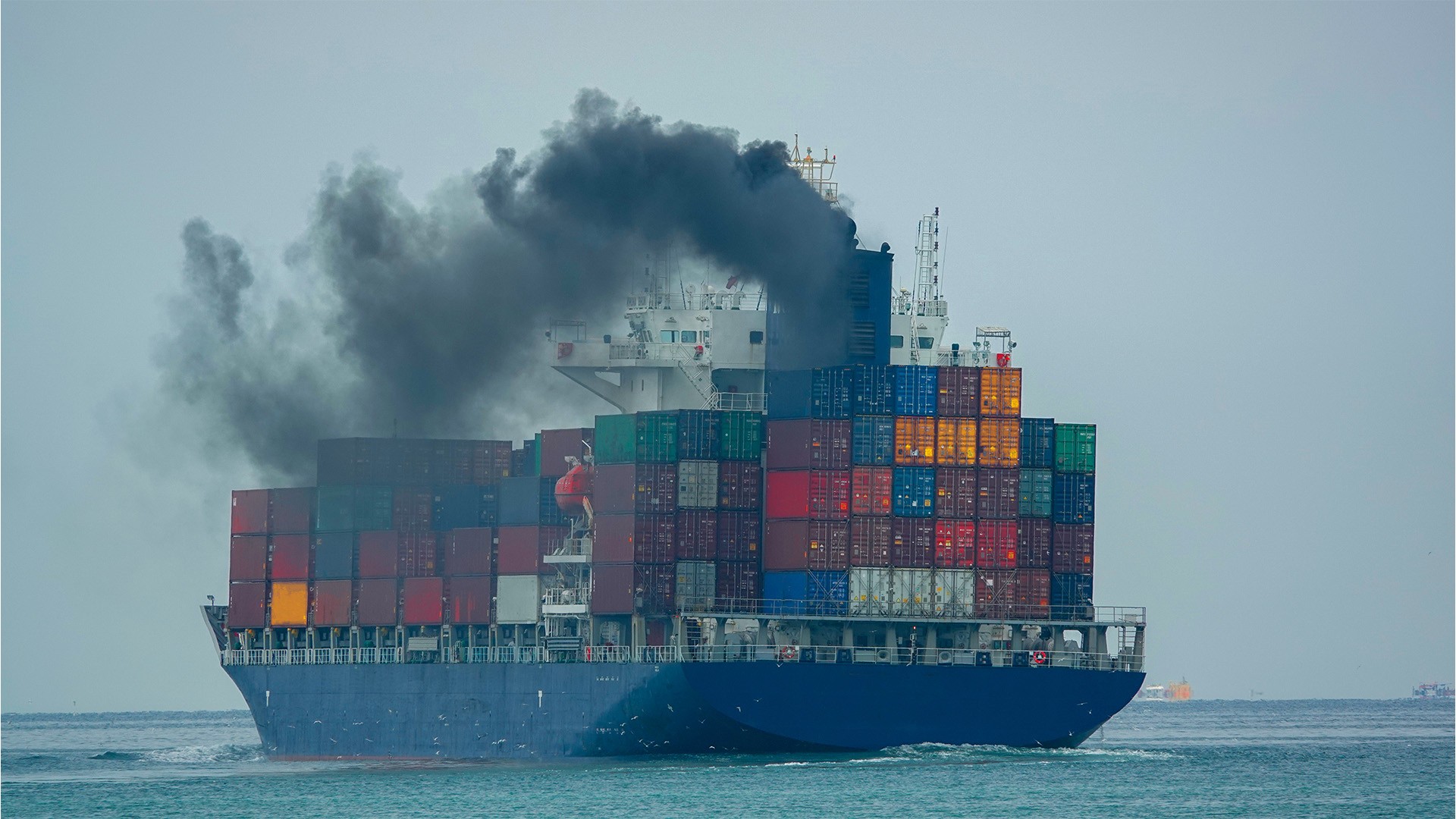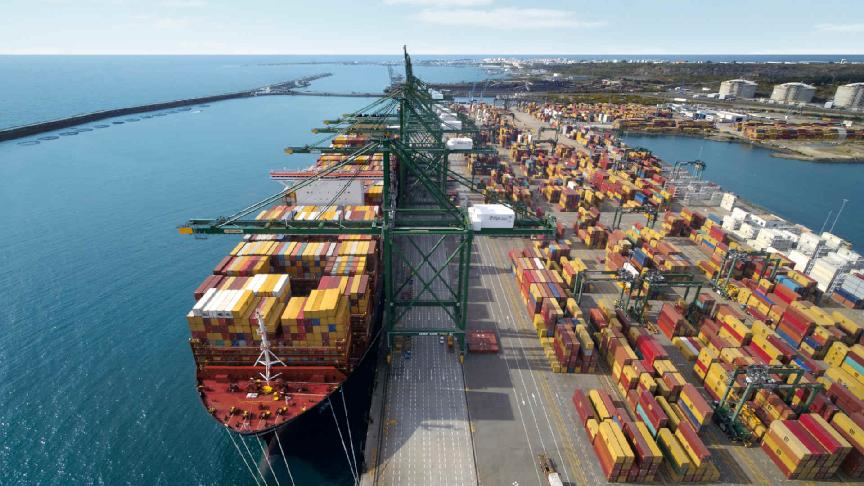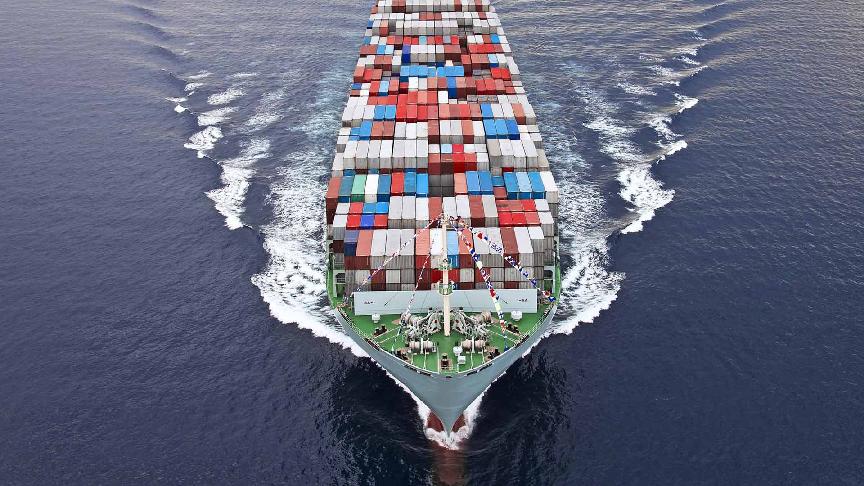EU shipping emissions rose by 13% last year to their highest level since reporting began in 2018, according to green group Transport & Environment.
Containerships drove the entire increase, with their emissions up by 46% compared with 2023, T&E reported.
Red Sea diversions meant more ships sailing around Africa to meet their delivery schedules.
Emissions per ship rose by 32%, to 24,697 tonnes in 2024, while the number of ships rose by 11% to 2,210. The longer Red Sea journeys drove average distance per ship up 18%, to 42,842 nautical miles. Average speed was unchanged at 13 knots.
T&E said: “This is a wake-up call. We need policy tools that address operational behaviours, reward energy efficiency measures and support the use of e-fuels.
“Only like this will it be possible to reduce fuel consumption without slowing down global trade.”
Mediterranean Shipping Company the biggest container line by number of ships, was also the biggest of the shipping polluters with 15.6m tonnes of CO2 in 2024. .
Maersk emitted 10.3m and CMA CGM 8.3m tonnes, according to T&E’s analysis of Thetis-MRV data and Clarksons.
Ships carrying fossil fuels made up 19% of emissions.
Emissions from transporting crude oil rose to 2019 highs, while emissions from LNG carriers dipped to 4m tonnes in 2024, from 5m tonnes in 2023.
Of the tanker trades, George Economou’s Cardiff Marine, Greece’s Angelicoussis Group and Scorpio Group were the top three emitters.







